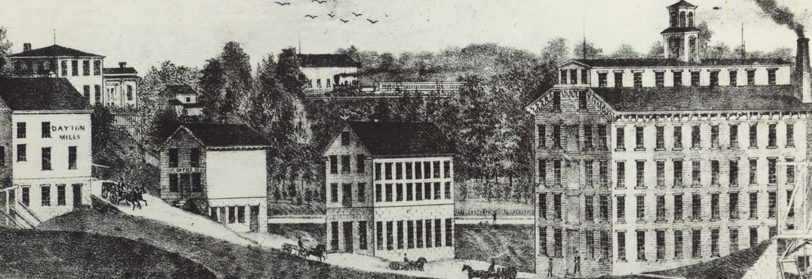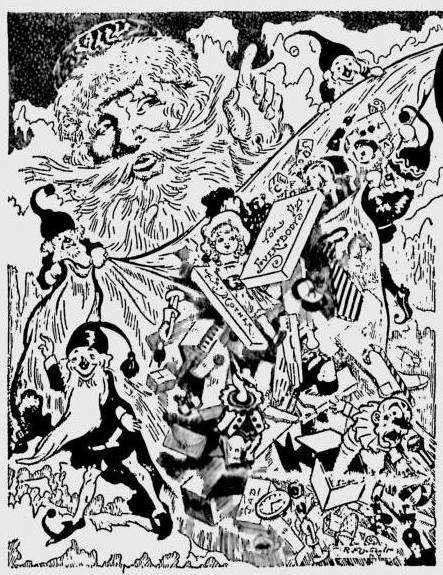Cholera was an ever-present danger in the middle of the 19th century and the disease could strike swiftly and cruelly, as this newspaper article from 1854 shows. Aaron Daniels lived just across the Fox river from Dayton and was related to members of the Green family.
Cholera—Fearful Mortality
While there has not, during the present season, been a single case of cholera in Ottawa, originating here, and our city has been unusually healthy, the disease has on several occasions broken out in some isolated families in our vicinity, like a fire in the night, consuming every thing before it. The last family that has suffered from its terrible visitation is that of Mr. AARON DANIELS, a respectable farmer, residing about three miles north of Ottawa, east of Fox River. The disease first made its appearance in his family on Friday of last week, and up to last Thursday morning six of its members has fallen victims to the ruthless scourge, as follows:
On Saturday evening, Minerva Daniels, daughter of A. Daniels, aged about 17.
On Monday night, Jonathan Daniels, son, aged about 20 years.
Ruth Ann Daniels, daughter, aged about 14 years.
Judith Daniels, daughter, aged about 11.
Aaron Daniels, son, aged about 4 years.
And on Thursday morning Mrs. Aaron Daniels, aged about 40.
The family of Mr. Daniels being largely connected in the neighborhood, a number of persons—friends and relatives—visited and remained at the house during their affliction, nearly all of whom have since been taken with the disease, and in many instances, with fatal results, as the following melancholy list of the dead will show.
On Monday evening Geo. Head, son of Thomas Head, aged about 18 years.
Same day Louisa Parker, child of Mrs. Parker, daughter of Aaron Daniels—aged about 4 years.
On Tuesday morning, Mrs. B. Fleming, sister of Mrs. A. Daniels.
On Wednesday, Alvah Channel, living with A. Daniels—aged about 20.
On Sunday, Miss Kingsley, school teacher, lately from Mt. Palatine. She had been boarding in the family of Mr. Daniels until the cholera made its appearance, when she started for home, but was taken at Ottawa, where she died.
On Thursday, Mr. Garrett Galvin, who had assisted in burying the deceased members of the family of Mr. Daniels.
We hear of several others in the neighborhood who have taken the disease, but up to yesterday morning of no more deaths. All the persons taken thus far, we believe were at the house of Mr. Daniels, either calling or assisting there, during their affliction; and it is remarkable that the disease has spread in no families where there have been cases except that of Mr. Daniels. The only cause we have heard assigned for this fearful visitation is the fact that a few days before the disease made its appearance, Mrs. D. had used fresh pork in his family. This alone, although doubtless very unhealthy food at this season, is not believed to be of itself sufficient to account for the fatality ascribed to its use, except on the hypothesis that the pork had become tainted. Considering the extreme heat of the weather, this is not unlikely to have been the case, and although it may not have been perceptible, we are assured that the slightest taint will render such meat otherwise not unwholesome, as poisonous as strychnine.
The reports circulated in town that the family had suffered for want of attention, and that great difficulty had been found in obtaining assistance to bury the dead, &c., we know to be wholly untrue. The truth is, that during most of the time, too many persons were at the house. The family has many friends and relatives in the whole neighborhood, and frequently they gathered in so numerously that they were advised to keep away. Sufficient help was constantly at hand, and complaint on that score is neither made by Mr. D. nor, if made, would be just to his neighbors.1
- The Ottawa [Illinois] Free Trader, August 19, 1854, p. 3, col. 1






